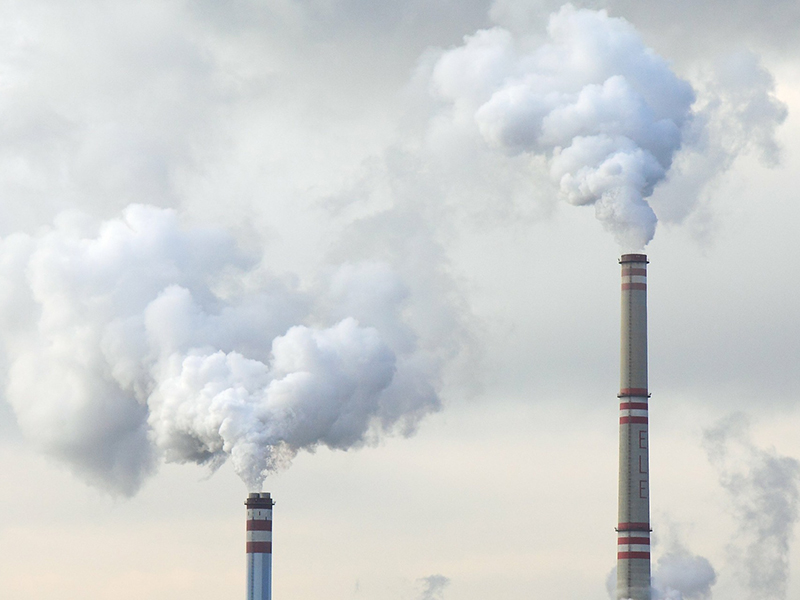Global Carbon Dioxide Emissions Rate Stabilizes
After two consecutive years of sustained growth, and despite the global economic expansion, emissions stopped growing in 2019.
The global economic expansion moderated in 2019, rising 2.9 percent, 60 basis points below initial projections. Factors such as new tariffs enacted in the U.S. and China, the introduction of new automobile fuel emission standards in Germany, the U.K.’s withdrawal from the European Union and the slowdown in China all contributed to less worldwide prosperity than expected.
Another missed projection that brings somewhat good news is the global energy-related carbon dioxide emissions rate. Earlier this month, the International Energy Agency announced that, after two consecutive years of sustained growth and global economic expansion, emissions stopped growing in 2019.
READ ALSO: IEA’s World Energy Outlook 2019
Last year, global emissions remained unchanged at 33 metric gigatons or 33 billion metric tons. This was possible primarily due to an abrupt reduction in carbon dioxide emissions from the power sector in advanced economies. The power sector accounted for 36 percent of energy-related emissions across advanced economies, down from a high of 42 percent in 2012. This cutback was possible thanks to the expanding role of renewable sources, mainly solar photovoltaic and wind, with coal-fired generation in advanced economies falling by roughly 15 percent and making room to natural gas and nuclear power. Specifically, global carbon dioxide emissions from coal use declined by almost 200 million metric tons, or 1.3 percent, from 2018 levels. Other factors that contributed to this result included slower economic growth in some emerging markets, as well as milder weather in several countries.
Trends by region
The U.S. recorded the highest decrease of all countries, with a fall of 140 million metric tons, or 2.9 percent, to 4.8 metric gigatons, which places its current emissions to almost 1 metric gigaton below the 2000 peak. The decrease resulted mainly from a reduction of 15 percent in the use of coal for power generation, as natural gas-fired power plants compete directly with coal-fired power plants. Moreover, benchmark gas prices posted values 45 percent lower than 2018 levels. As such, gas increased its share in electricity generation to a record high of 37 percent. The IEA data also shows that overall electricity demand in the U.S. declined because demand for air-conditioning and heating was lower as a result of milder summer and winter weather.
The European Union also recorded a consistent drop in emissions, specifically by 160 million metric tons, or 5 percent, to 2.9 metric gigatons, also driven by reductions in the power sector. The power sector registered a decline of 120 million metric tons of carbon dioxide, or 12 percent, as a result of the increase in renewables and switching from coal to gas. Throughout 2019, natural gas produced more electricity than coal, which marked a first, while wind-powered electricity almost caught up with coal-fired energy. Germany led the improvement in emissions, which fell by 8 percent to 620 million metric tons, a level not reached since the 1050s when Germany’s economy was roughly 10 times smaller. Wind generation marked a robust 11 percent increase year-over-year in 2019, while renewables held a share of 40 percent, generating for the first time more electricity than the country’s coal-fired power stations.
Japan’s emissions fell by roughly 4 percent (45 million metric tons), marking the fastest pace of decline since 2009, due to recently restarted nuclear reactors.
In the remaining parts of the world, emissions recorded growth of almost 400 million metric tons, with nearly 80 percent of the increase coming from countries in Asia where coal-fired power generation continued an upward trend. Across advanced economies, emissions from the power sector slid to levels last seen in the late 1980s when electricity demand was one-third lower than today.









You must be logged in to post a comment.